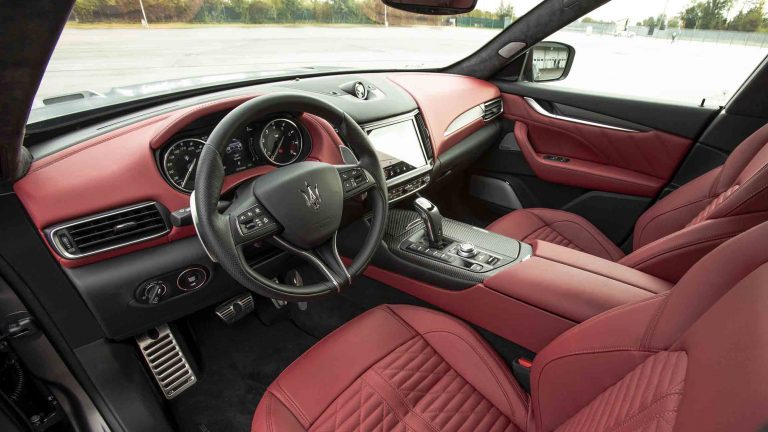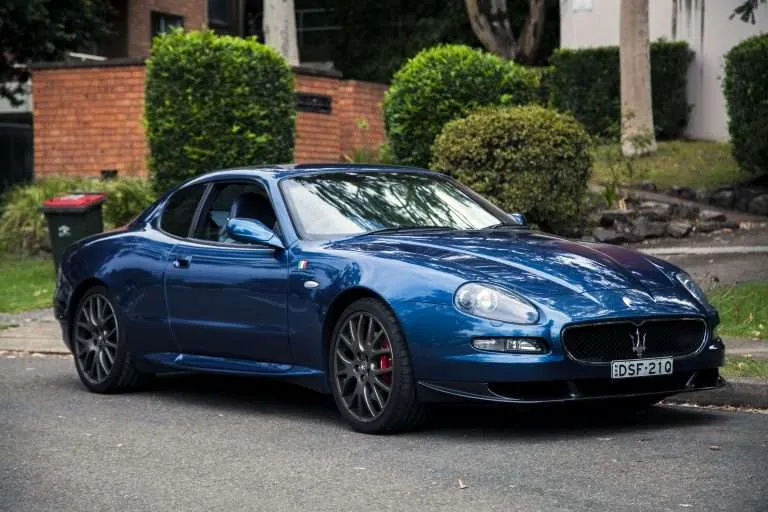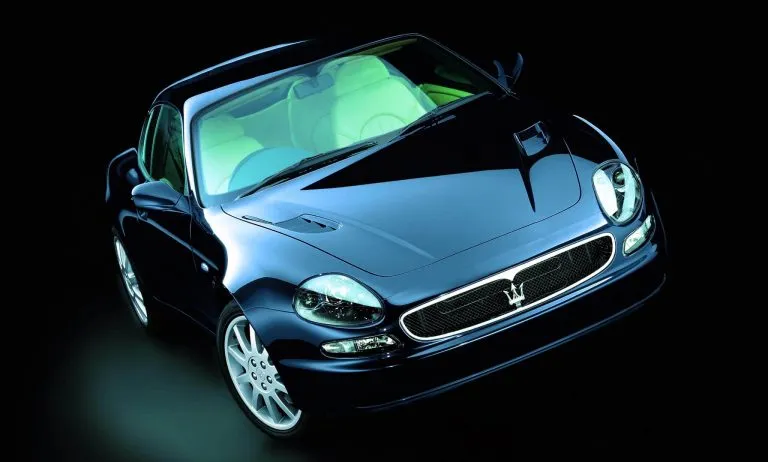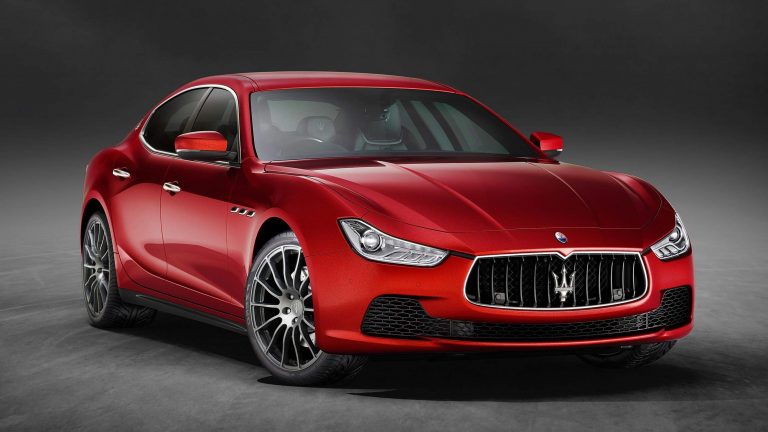Maserati Boomerang Lights: Now you see them, Now you don’t!
A Maserati 3200GT is a rare sight to see on the roads these days. When it was first released, it took the world by storm with its sleek design and innovative boomerang lights. But unfortunately, there was a point where the Masters of Modena no longer wanted Maserati boomerang lights to feature on any of their cars. However, there are still a significant number of enthusiasts who appreciate these tail lights for what they are, a groundbreaking innovation in automotive lighting technology!
Where the Maserati Boomerang Lights Began
The Maserati Boomerang tail lights originated from the need for a modern, yet practical replacement of the traditional taillight. The design was an industry first and took inspiration from boomerangs to create a more efficient light source that could be seen from all angles.
It was an innovation designed by the well-respected Maserati Designer Giorgetto Giugiaro and his team at Italdesign. Some of Giorgetto’s previous designs include other classic Maserati’s such as the Bora, Merak, Ghibli and the actual Maserati Boomerang concept car, which despite the name has no relation to the 3200 GT Maserati boomerang lights.
The 3200 GT was among the very first cars to incorporate LED technology with its super-slim Maserati boomerang tail lights styled with LEDs. To people of that day in 1998 this is something they only see in unobtainable concept cars and was something to behold and took the world by storm.
The Maserati boomerang tail lights turned out to be a huge success on the new car as well. They are one of many design features which Giorgetto Giugiaro was famous for.
Why They were named ‘Boomerang’ lights
Quite simply the Boomerang name was adopted by Maserati for these lights as the shape closely resembled that of an actual boomerang. For those of you that are unfamiliar, a boomerang is a throwing weapon that is designed to spin as it flies in order to maximize distance.
The boomerang is known as a hunting tool traditionally used by the indigenous Aboriginal people of Australia, it is designed so that it returns to the thrower. Which in a way is the perfect metaphor for the design of a Maserati and the boomerang lights as people’s attention keeps returning to the flowing design of the car’s elegant and sporty lines.
The boomerang shape has also been adopted for other purposes such as lighting fixtures and architecture. The first use of the boomerang shape was by a Swedish architect Gunnar Asplund who used this design on an interior wall during construction in 1922.
How the Maserati Boomerang Lights Worked
Unlike in 1998, by today’s technological standards it’s quite a simple concept to understand, the design incorporated LED technology to create the boomerang effect. The Maserati boomerang tail lights were made up of two separate strips, one for each side and running parallel to the ground with a transparent lens in front which would illuminate them from behind at night time.

The one strip was clear for the red brake LED light and the secondary strip on bottom of each light was illuminated in amber depending on the way in which the car was turning.
It’s pretty straight forward thinking but this was one of the first cars to stray away from the usually boxy or round tail lights of the era. It’s an ingenious solution for those who want their lights to do more than just inform other drivers what they’re doing as it’s also a statement of exclusive design that was only available on Maserati at the time.
When Maserati Boomerang Lights were Phased Out
According to the former Maserati head designer, Frank Stephenson, in his early days of designing at Maserati, he was directed by one of the Maserati design managers at the time to discuss with Giorgetto Giugiaro that the Maserati boomerang tail light design was not something he felt incorporated well with the design language for the rear lights of a Maserati. Despite Frank completely disagreeing with his superior of the time, as he also thought it was an innovative design masterpiece.
Unfortunately, this was the demise of the boomerang style rear lights on a Maserati, the Maserati 3200 GT was the last Maserati to feature this design as its successor, the Maserati 4200 (Maserati Coupe) no longer featured the boomerang tail lights. The newer design tail lights on essentially the same body as the 3200 GT resembled that of a Honda prelude and no longer had that distinct Maserati boomerang light design.
Till this day Maserati fans are disappointed with the change and long for the return of the boomerang tail lights on a Maserati.
We have also heard one of the other reasons that the Maserati boomerang lights had to be replaced by the updated lights on the Maserati Coupe was due to the boomerang tail lights not meeting US regulations for better visibility of the car during night time driving.
Maserati’s Special Trick up their sleeve
The innovative design of the “boomerang” style rear light on a Maserati is something that many people find to be aesthetically pleasing to look at when they are behind a 3200 GT.
The Maserati boomerang lights are still an interesting addition to the exterior of any car and we’re glad that it has been revived to some extent on some newer models like the new Quattroporte with its dual-boomerang design.
I assume that Maserati could be using the boomerang lights as their final trick up their sleeve for a very extreme/special Maserati model one day. It would definitely take the world by storm again if they made a nod back to the boomerang design in a new car. I was kind of expecting to see it reappear much sooner, for example on the brand new 2021 Maserati MC20, but those rear lights resemble a sleeker and squashed Maserati Granturismo rear light.
Enthusiasts Revived the Boomerang Lights!
Some Maserati enthusiasts that have the money, resources and time have even taken their Maserati 4200 or Gransport and “back dated” the rear lights to the older models boomerang design. Quite successfully too! As you can see in the pictures of the Maserati Gransport MC Victory the boomerang lights fit the car so perfectly.
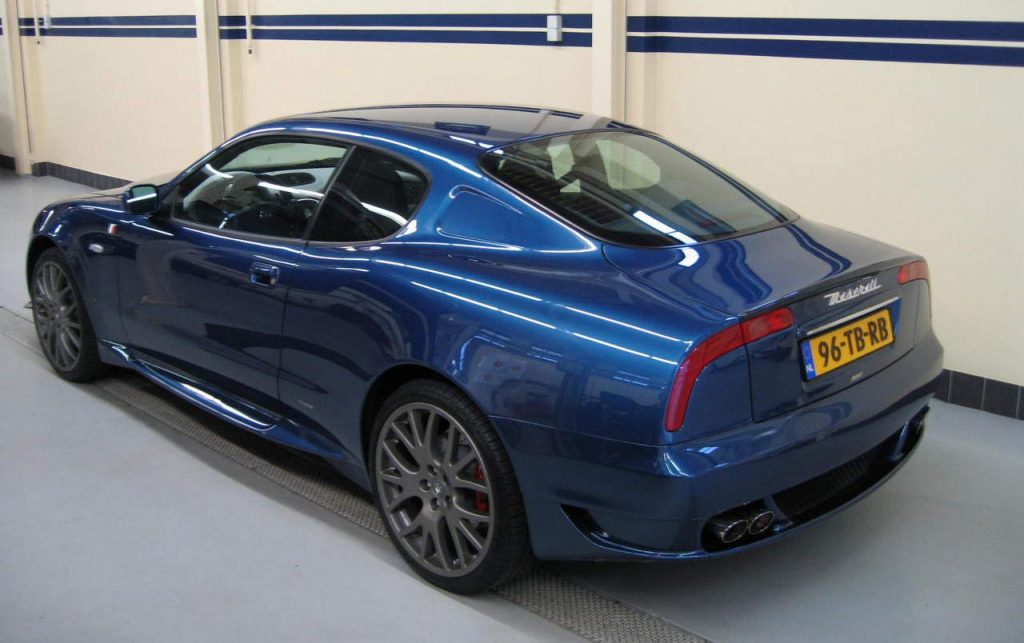
The one down side is that it’s quite a costly modification, coming in upwards of $5,000 if you’re going to source new parts or a kit if you can find one. The cheaper alternative might be to find a salvage Maserati 3200GT and bring the parts across. Don’t forget you’ll still have to factor in paint and some cosmetic body modifications and the electricals could get a bit tricky. But as you can see, the end result is completely worth it.
If you want some more information, this forum thread on Maserati Life is a great place to start your journey.


